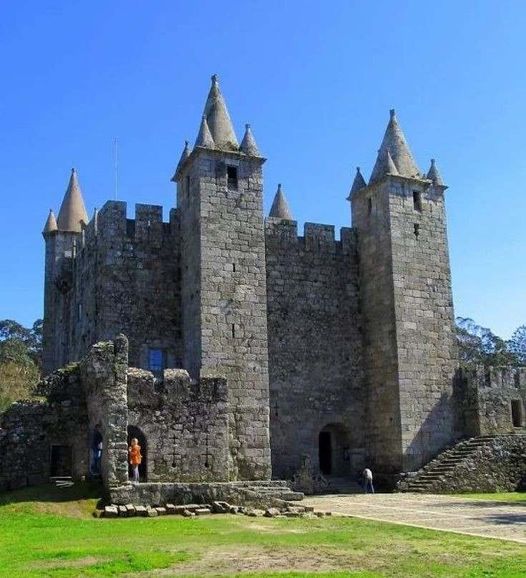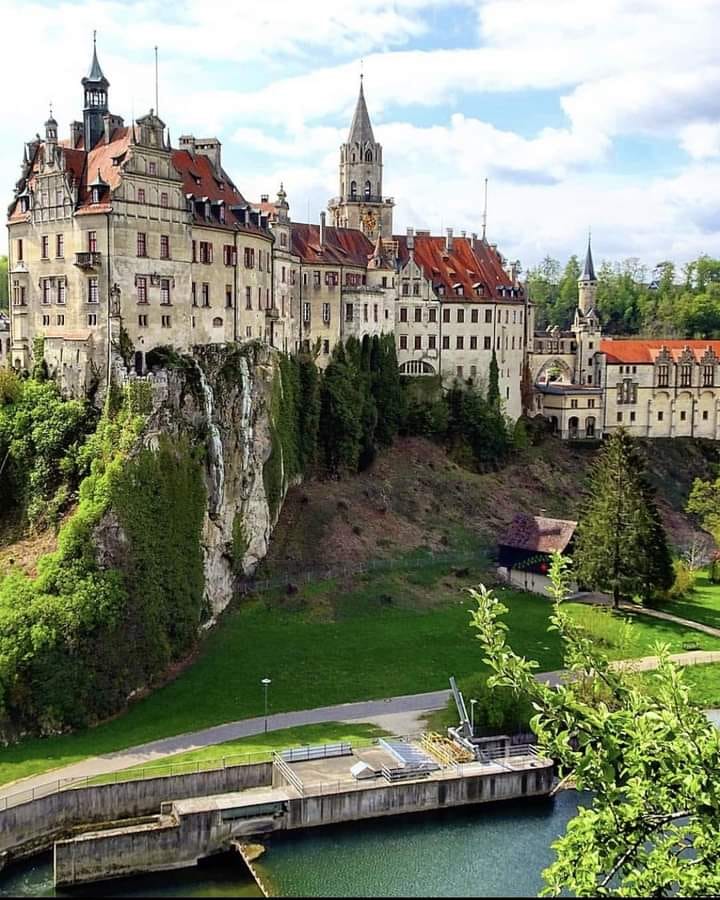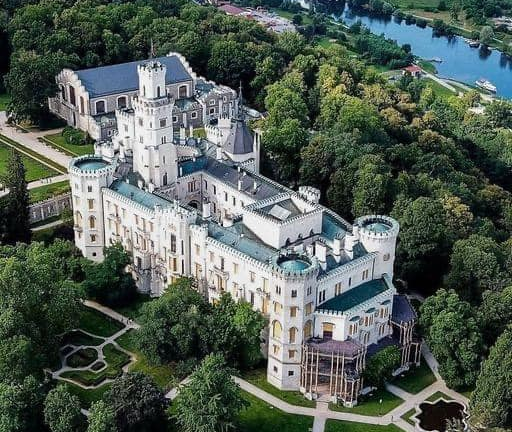Nestled in the scenic Aosta Valley of northern Italy, Fenis Castle (Castello di Fenis) stands as a stunning example of medieval architecture and Alpine splendor. This well-preserved castle, with its fairy-tale appearance and rich historical significance, offers visitors a glimpse into the grandeur and strategic importance of medieval fortifications in the region. With its striking towers, decorative frescoes, and picturesque surroundings, Fenis Castle is a captivating destination that enchants history enthusiasts and travelers alike.
Historical Origins and Development
Fenis Castle was originally built in the late 13th century by the Challant family, a prominent noble family in the Aosta Valley. The castle was constructed as a fortified residence to defend the region and assert the family’s power and influence. Its strategic location on a hill overlooking the valley provided a commanding view of the surrounding landscape, making it an ideal site for defense and surveillance.
The construction of Fenis Castle began around 1270, and it was expanded and modified over the following centuries. The castle’s design reflects the evolving architectural styles of the time, with a blend of medieval defensive features and Renaissance elements. The Challant family’s investment in the castle’s construction and decoration highlights its importance as both a military stronghold and a symbol of prestige.
Architectural Splendor
Fenis Castle is renowned for its striking architectural design, characterized by its well-preserved medieval features and picturesque setting. The castle is surrounded by a defensive wall with four imposing towers, which provide a formidable appearance and emphasize its defensive capabilities. The entrance to the castle is marked by a grand gatehouse with a drawbridge, adding to the castle’s dramatic and historical allure.
The interior of Fenis Castle is equally impressive, with rooms adorned with intricate frescoes and period furnishings. The Great Hall, with its ornate fireplace and wooden ceiling, served as the center of social and political life in the castle. The castle’s private chambers, including the bedrooms and the chapel, are decorated with beautiful frescoes depicting scenes from medieval life and mythology. These frescoes provide valuable insights into the artistic and cultural tastes of the period.
One of the most notable features of Fenis Castle is its well-preserved wooden galleries and walkways. These galleries, which run along the castle’s walls and connect various rooms, offer panoramic views of the surrounding landscape and provide a sense of the castle’s grandeur and functionality.
Gardens and Surroundings
The castle’s setting in the Aosta Valley adds to its charm and beauty. The surrounding landscape is characterized by rolling hills, lush forests, and majestic mountain views, creating a picturesque backdrop for the castle. The castle’s gardens, while more modest compared to other historic sites, are well-maintained and offer a serene environment for visitors to enjoy.
The castle grounds also include a small orchard and herb garden, which reflect traditional horticultural practices of the medieval period. These gardens not only add to the castle’s aesthetic appeal but also provide a glimpse into the daily life and self-sufficiency of its former inhabitants.
Cultural Significance and Modern Attractions
Fenis Castle is not only a historical monument but also a vibrant cultural site. It hosts a variety of events and activities throughout the year, including historical reenactments, cultural festivals, and educational programs. These events bring the castle’s history to life and offer visitors a chance to experience the medieval world in an engaging and interactive way.
The castle is managed by the Aosta Valley Regional Administration, which ensures its preservation and accessibility to the public. The castle’s museum provides informative exhibits about its history, architecture, and the Challant family, offering visitors a deeper understanding of its significance.
Visitors to Fenis Castle can also explore the nearby town of Fenis, which offers charming streets, local shops, and traditional Italian cuisine. The town’s proximity to the castle makes it an ideal base for exploring the region’s cultural and natural attractions.
Conclusion
Fenis Castle is a remarkable example of medieval architecture and Alpine beauty. Its well-preserved structure, striking towers, and intricate frescoes provide a captivating glimpse into the history and grandeur of the Aosta Valley. Whether you are exploring its architectural wonders, enjoying the scenic views, or participating in its cultural events, Fenis Castle offers an enchanting experience that celebrates the rich heritage and timeless allure of Italy’s medieval past. This majestic fortress continues to inspire and captivate, making it a must-visit destination for history enthusiasts and travelers seeking to immerse themselves in the charm and splendor of the Italian Alps.


